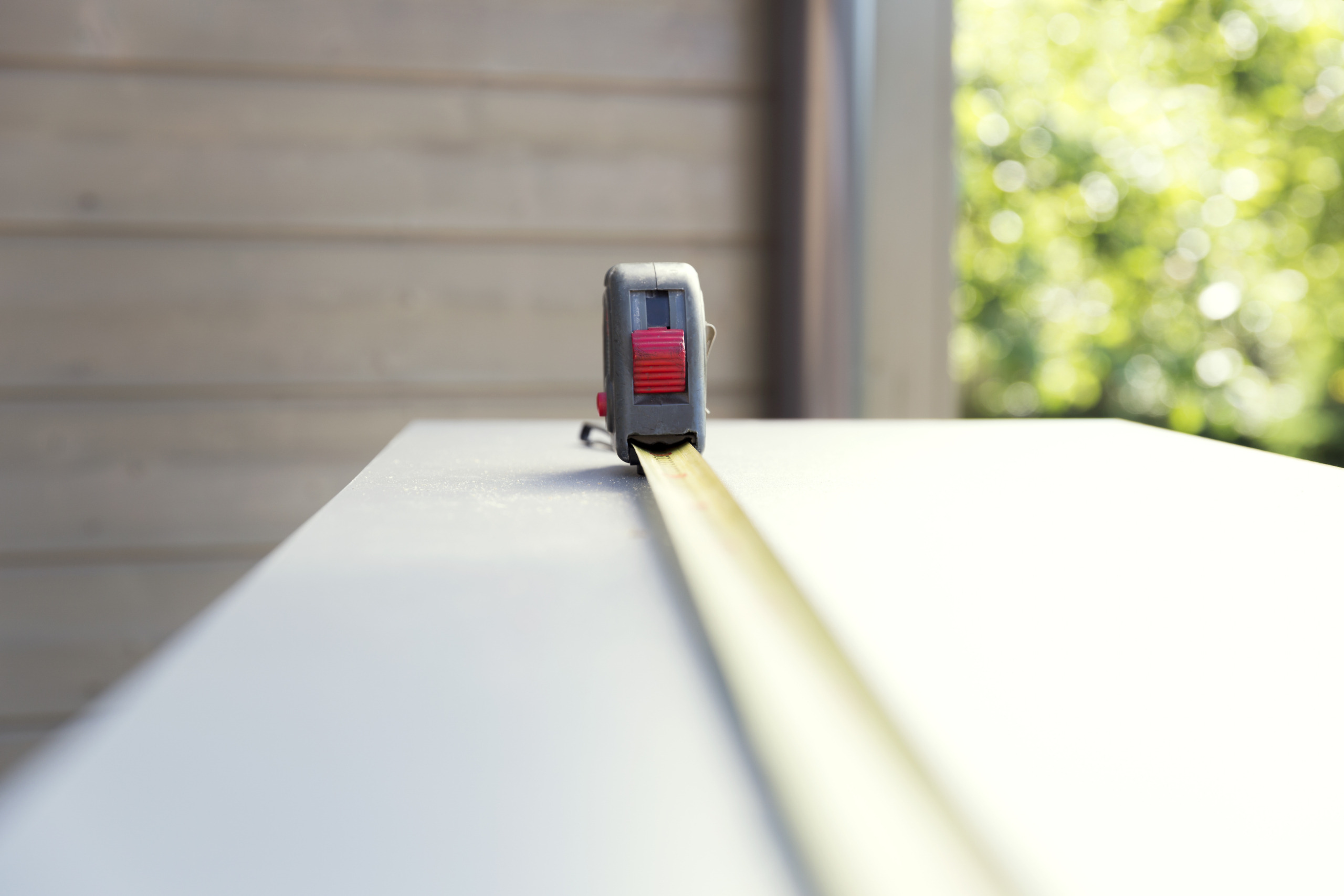How much space do you leave at the back of a drawer?
I prefer to leave a full inch of clearance at the back of a drawer. Due to mounting brackets and features like push-to-open a tight fitting drawer will cause more issues than the extra 1″ of space is worth.
Does a frameless cabinet require a rear mounting bracket?
No, a frameless cabinet does not require a rear mounting bracket as the drawer slides are instead connected to the side of the cabinet directly.
Do I need to pick out my drawer slide first and then measure?
Yes due to the variation in drawer slide measurements choosing the drawer slide type first is vital. For example, an undermount drawer slide has a different rear clearance and custom drawer length. While a side mount slide is more universal there are considerations such as low profile to consider.
How do you measure drawer size?
There are three dimensions of drawer size and depending on your drawer slide they dimensions will all vary. For example, a side mount drawer slide allows for maximum drawer slide height as it doesn’t require the “tip in” requirement a bottom mount does (and the 1″ top clearance). Purchase your drawer slides first if you aren’t sure and then build the drawer to the specifications supplied.

